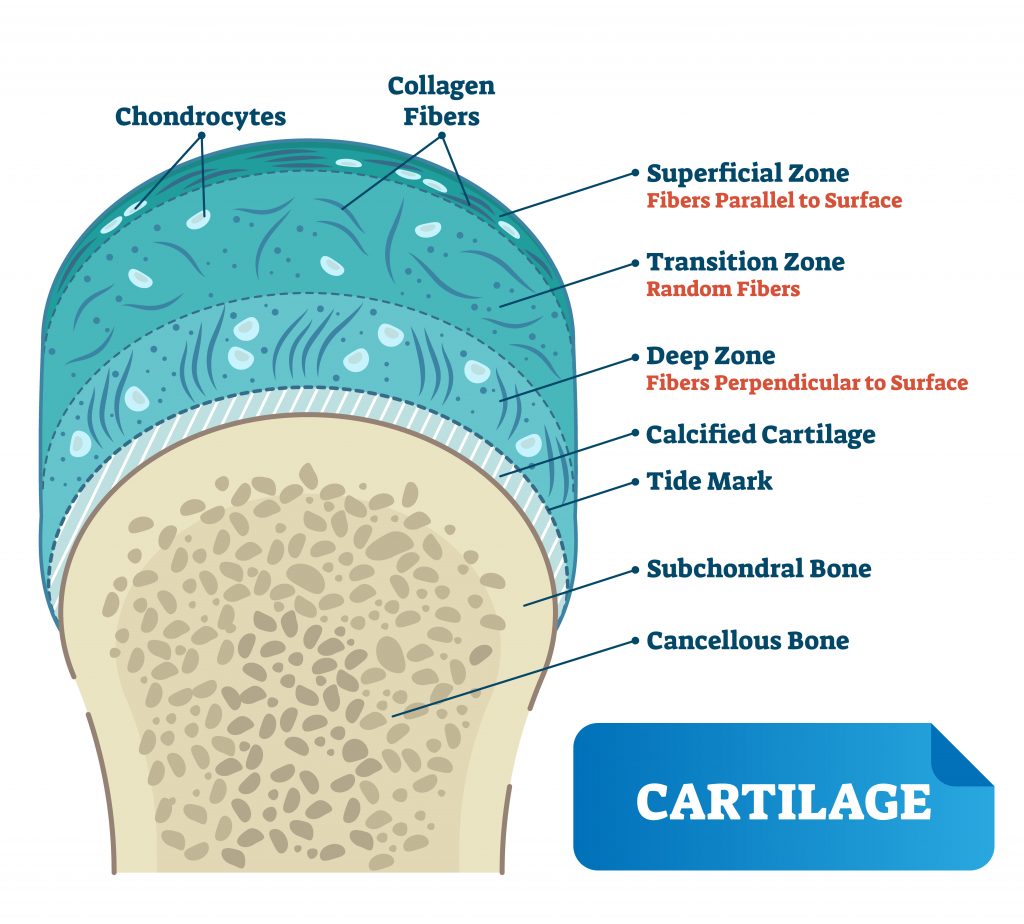What exactly is happening when you “crack” my neck?
A patient asked me this question just now. And, I get asked this a lot.

This is roughly what I told her:
- When I crack your neck, we’re increasing rang of motion to the joint I cracked, and I’m targeting only the joints that don’t move very well.
- What’s happening is that the two sides of the joint surfaces are being stretched and distracted from each other. The cartilage surfaces of the joints are extremely smooth, and they are wet with synovial fluid. And as you distract the joint surfaces from each other, kind of like a suction cup, it will pop. It pops once you overcome the hydrostatic pressure.
- When this popping happens, there are reflexes for pain relief, and reflexes for muscle relaxation. You have more range of motion.
- “How long does this last?”
- There is a period of time where your joints are more mobile, your muscles are relaxed, and you can’t get a joint to pop again. That’s 20 minutes. The increased range of motion should be anywhere between 3 hours to 3 days, and that should be enough time to improve nutrient delivery and to retrain reflexes to relax for longer.
This cracking sound comes from cavitation. Or better yet, tribonucleation. Or, to be more precise, cavitation rheology.

Apparently, when you get your neck adjusted, the sound comes from the opposite side of your neck.
Todd
Responses